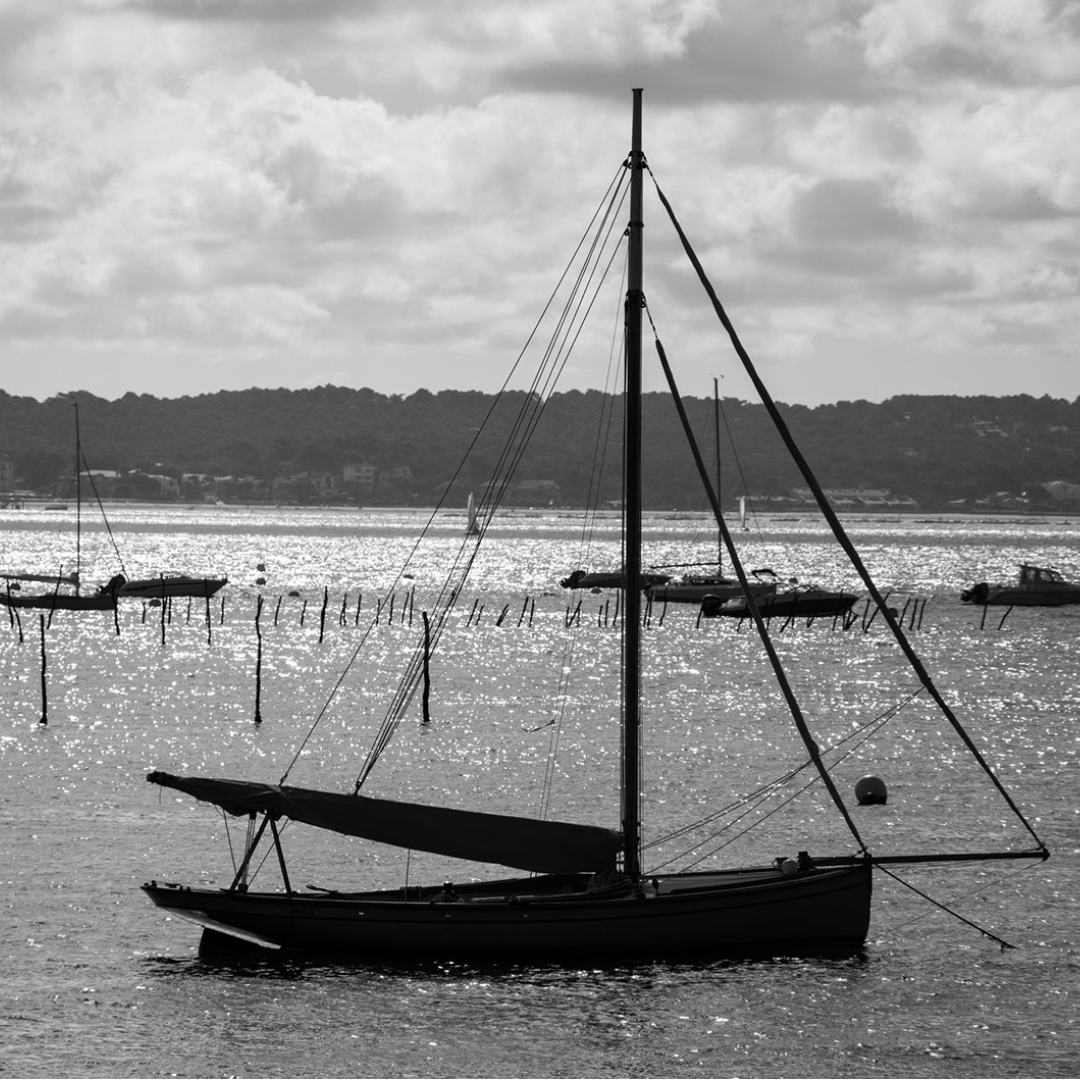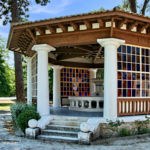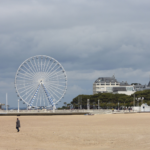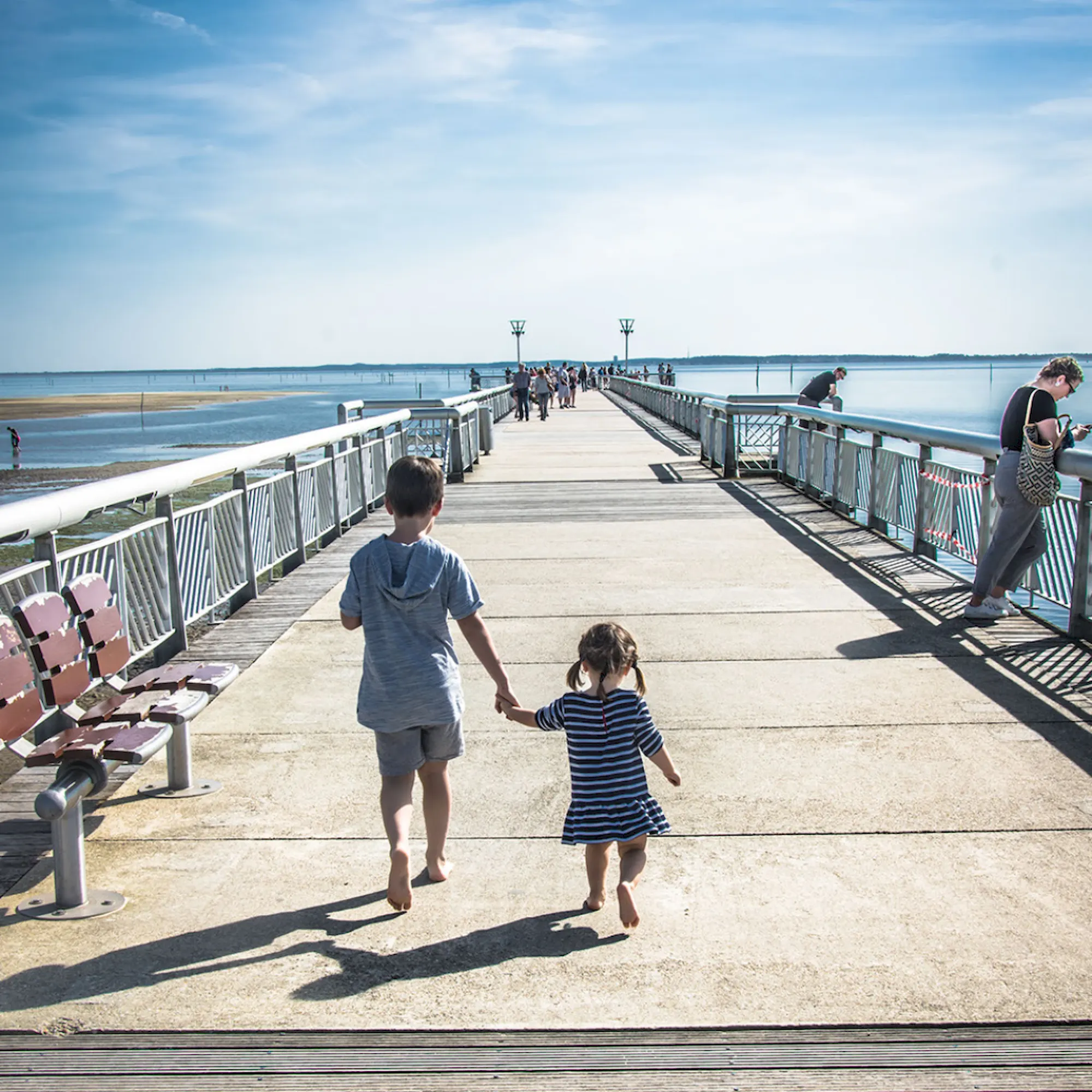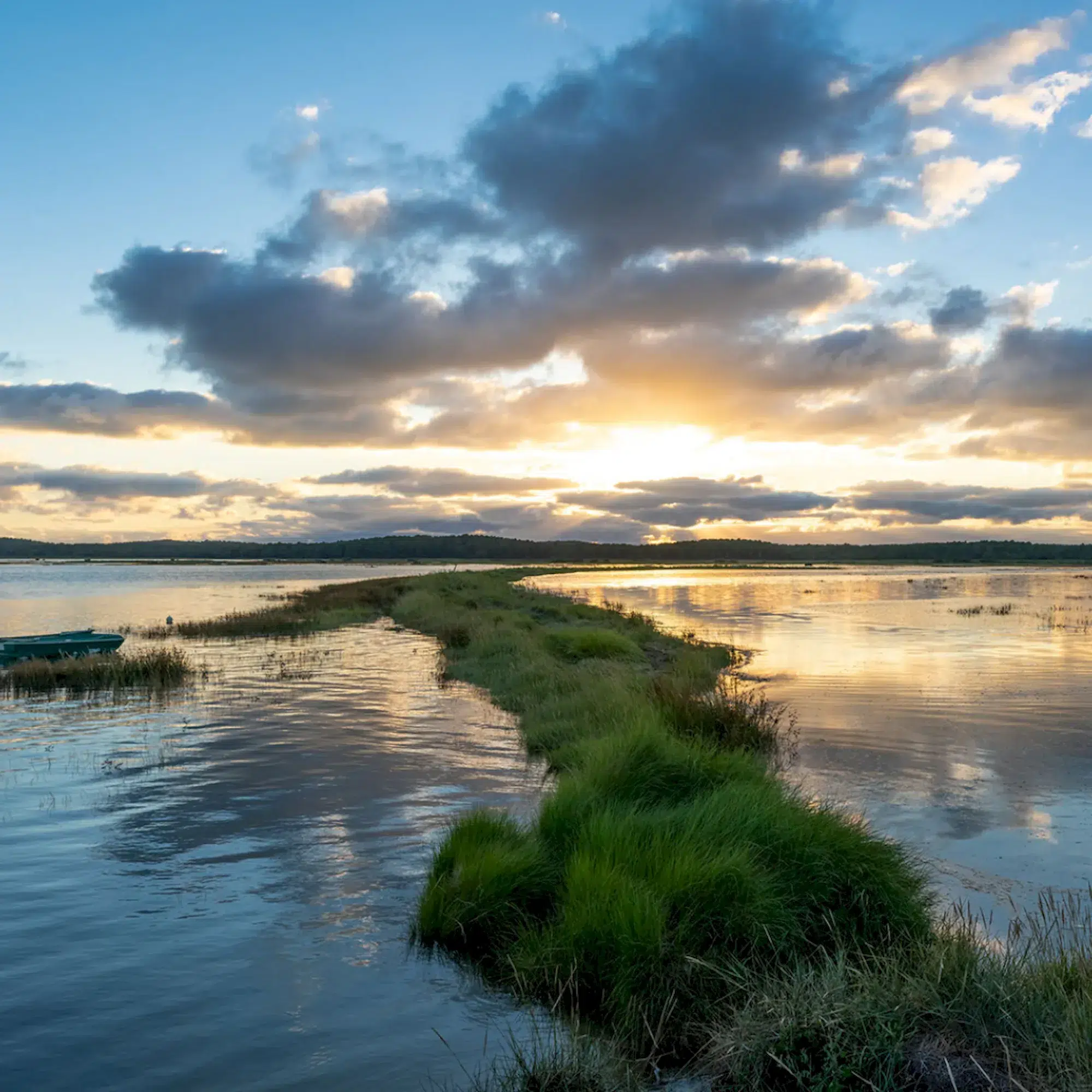The Arcachon Basin through the centuries
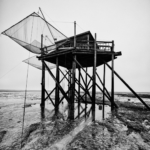
The Bassin d’Arcachon is a vast natural area, consisting of a large expanse of water on the Atlantic coast of southwest France. The region is known for its rich history, vibrant culture and scenic beauty. It is a popular tourist destination, with visitors from all over the world coming to discover the region and its many activities. This article traces the history of the Bassin d’Arcachon, from its beginnings to the present day.
Where does the name Bassin d’Arcachon come from?
The history of the Bassin d’Arcachon dates back to Napoleon III’s imperial decree in 1857, when it was created. But that’s not the exact date. More than 500 years ago, the Franciscan monk Thomas Illyricus was praying for sailors during a terrible storm when he came across an alabaster statue of the Virgin Mary. He collected the statue for safekeeping under an oratory, and sailors took it with them when they went out to sea for protection. Only a short time later, when the wooden oratory was destroyed by a storm, the new one was built of stone and, in 1723, welcomed the alabaster statue of Notre-Dame d’Arcachon. As for its name, it wasn’t the town itself that gave the Bassin its name, but rather an ancestral economic speciality of the Basin. Old maps read “Havre d’Arcasson “, the term “arcanson” referring to the resin of pine trees, but also to containers holding water. In addition, the name “la petite mer de Buch ” (“the little sea of Buch “) was used to designate the Basin, ” buch ” meaning “mouth” in Gascon. In other words, the mouth symbolized the opening of a river. This gave rise to the Arcachon Basin.
The Arcachon Basin in the 19th century
In the 19th century, the Bay of Arcachon experienced a period of growth and expansion. The region became a popular destination for wealthy vacationers from all over Europe, seeking refuge from the storms of the Atlantic coast. This influx of visitors led to the development of the region’s infrastructure, including the construction of hotels, casinos and public baths.
Notably in 1923, when engineer Louis Lemarié discovered the Sainte-Anne des Abatilles spring, at a depth of over 472 m. Low in calcium and with very little mineralization, its therapeutic virtues were to become a veritable natural treasure. The region has also become a popular fishing spot, with a number of fishing villages springing up.
The Arcachon Basin in the 20th century
The early 20th century saw further development of the region’s infrastructure, with the construction of a number of luxury hotels, restaurants and other tourist attractions. The region enjoyed a period of prosperity and growth, with the population rising from around 7,000 in 1900 to over 25,000 by the end of the century. Among these residents was the famous painter Salvador Dali, who stayed at Villa Salesse from 1939 to 1940. Many of these paintings were inspired by the landscapes of the Bay of Arcachon, such as “Tristan fou”. This villa can be seen fromEyrac beach.
Surprising as it may seem when you visit the Bay of Arcachon, in the 1900s Arcachon was one of the region’s most popular seaside resorts. Of course, it wasn’t covered in snow, but in pine needles, known as “ski sur grépin “. The founding of the SCA, Ski-Club Arcachonnaiswas founded in 1938, with a large run and even a 200-metre ski jump; a true Arcachonnais sport! Unfortunately, by 1970 the resort had run into mechanical problems and was abandoned.
The Arcachon Basin in the 21st century
The 21st century has has seen the continued growth and popularity of the Bassin d’Arcachon. The region is now a popular seaside resort, with travelers coming to enjoy its natural beauty and vibrant culture. The area has also seen a number of developments, including the construction of a new bridge and the development of a number of upscale hotels and resorts. The Bassin d’Arcachon is an area of stunning natural beauty and rich history. From its historic beginnings to its current popularity as a tourist destination, the region has undergone a number of changes over the course of its history. Today, the region is home to many popular landmarks, culinary specialties and local culture, as well as popular activities on the Bassin d’Arcachon. Whether you want to explore its history or simply enjoy its breathtaking natural beauty, the Bassin d’Arcachon is a must-see destination.
